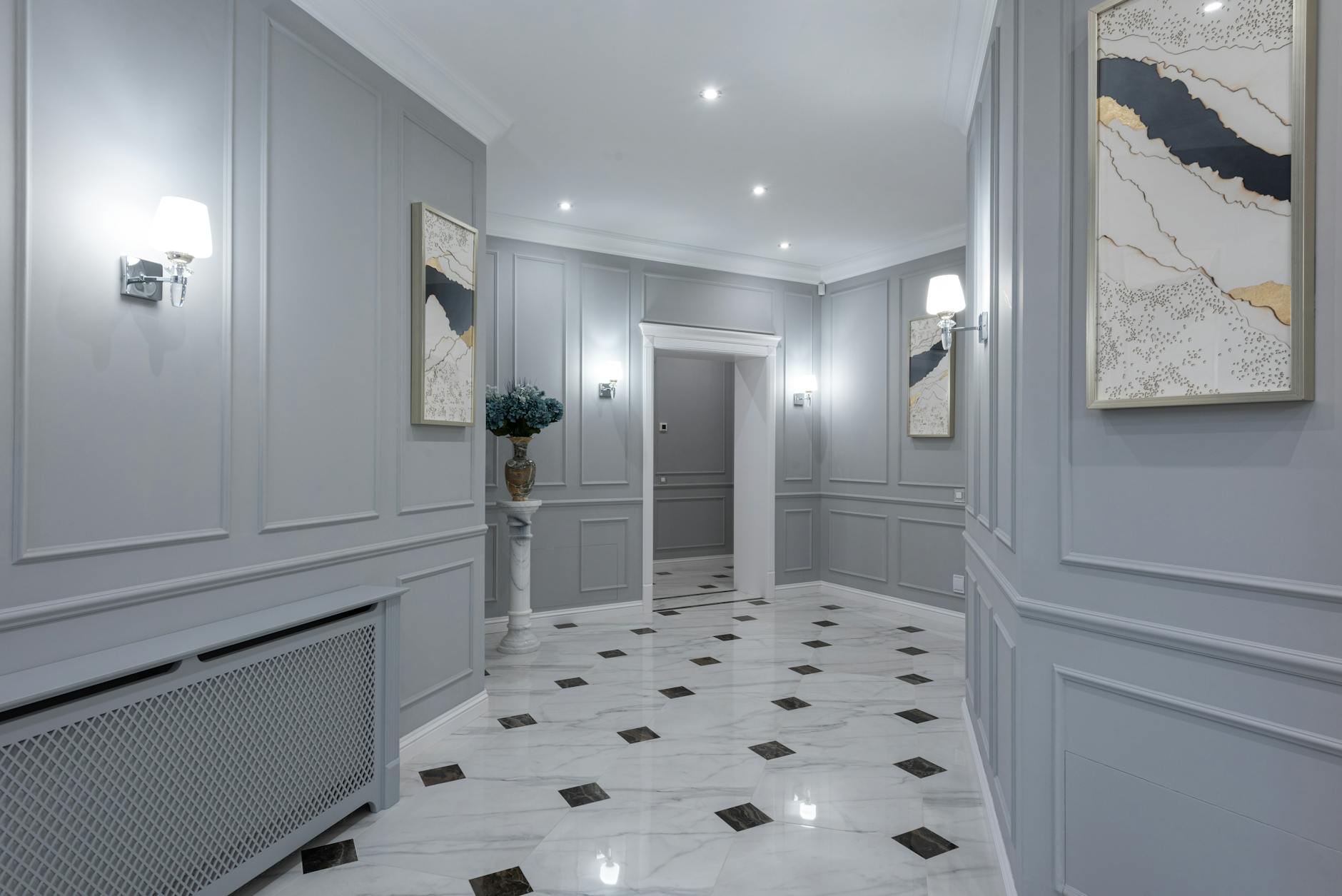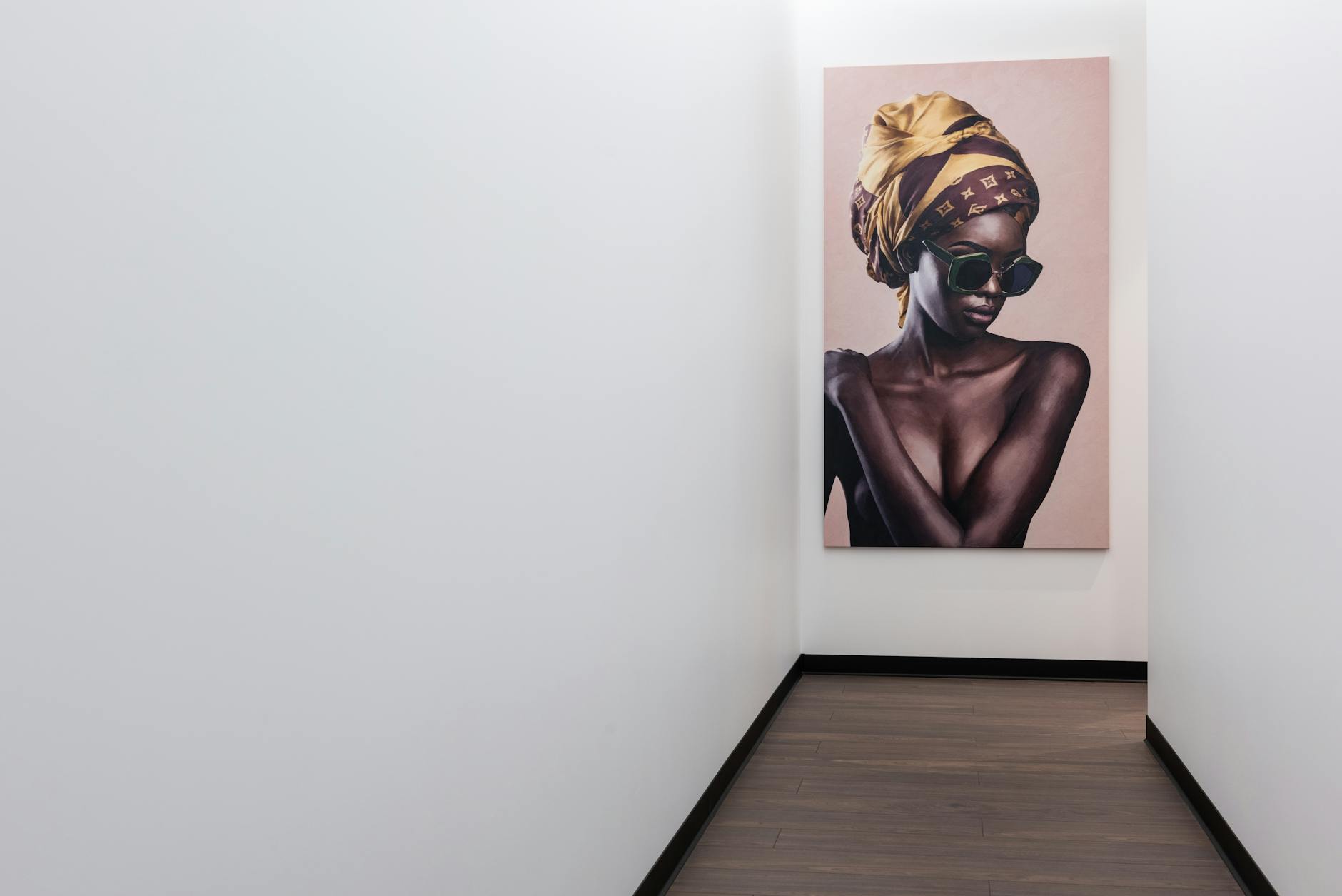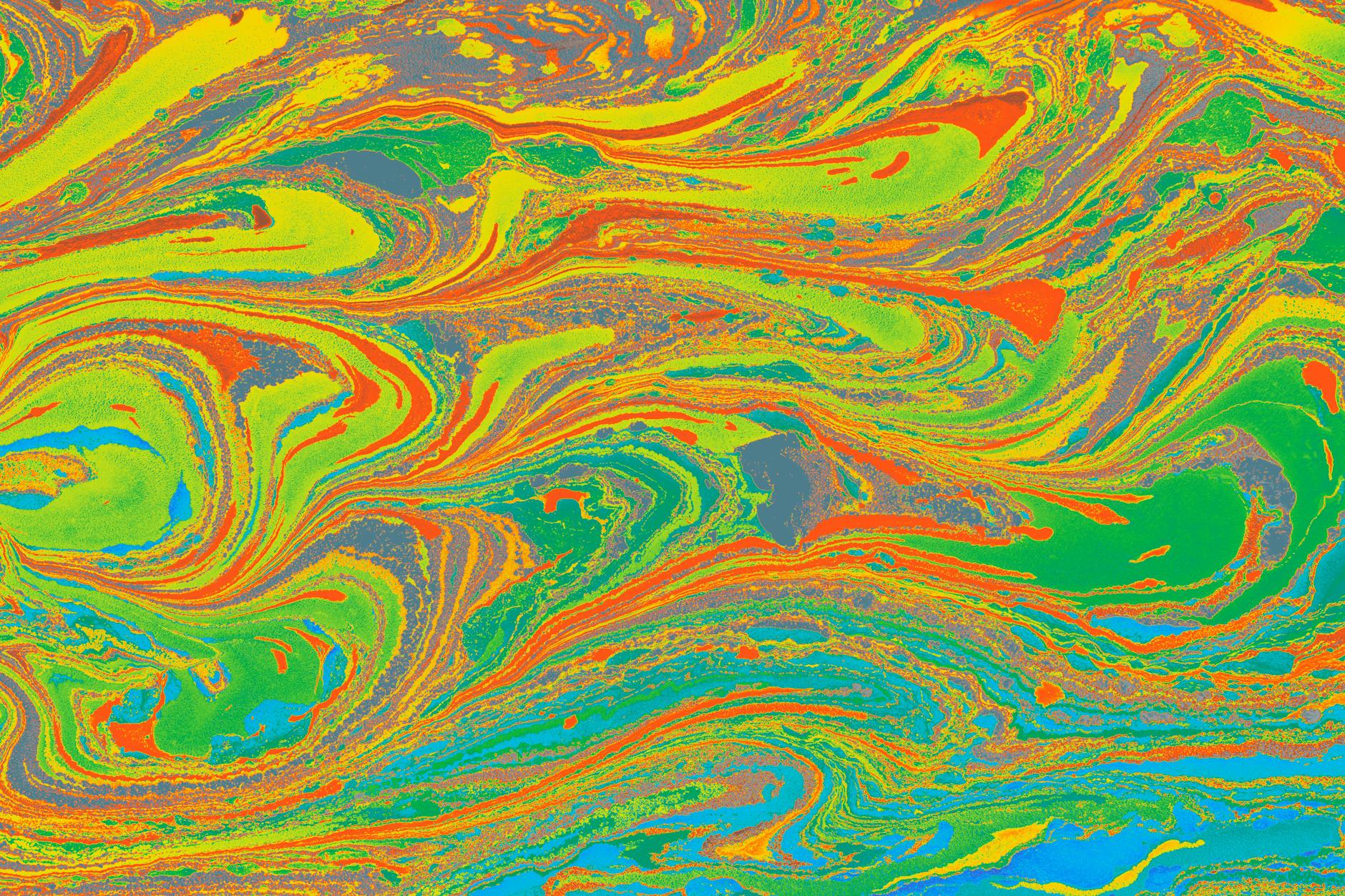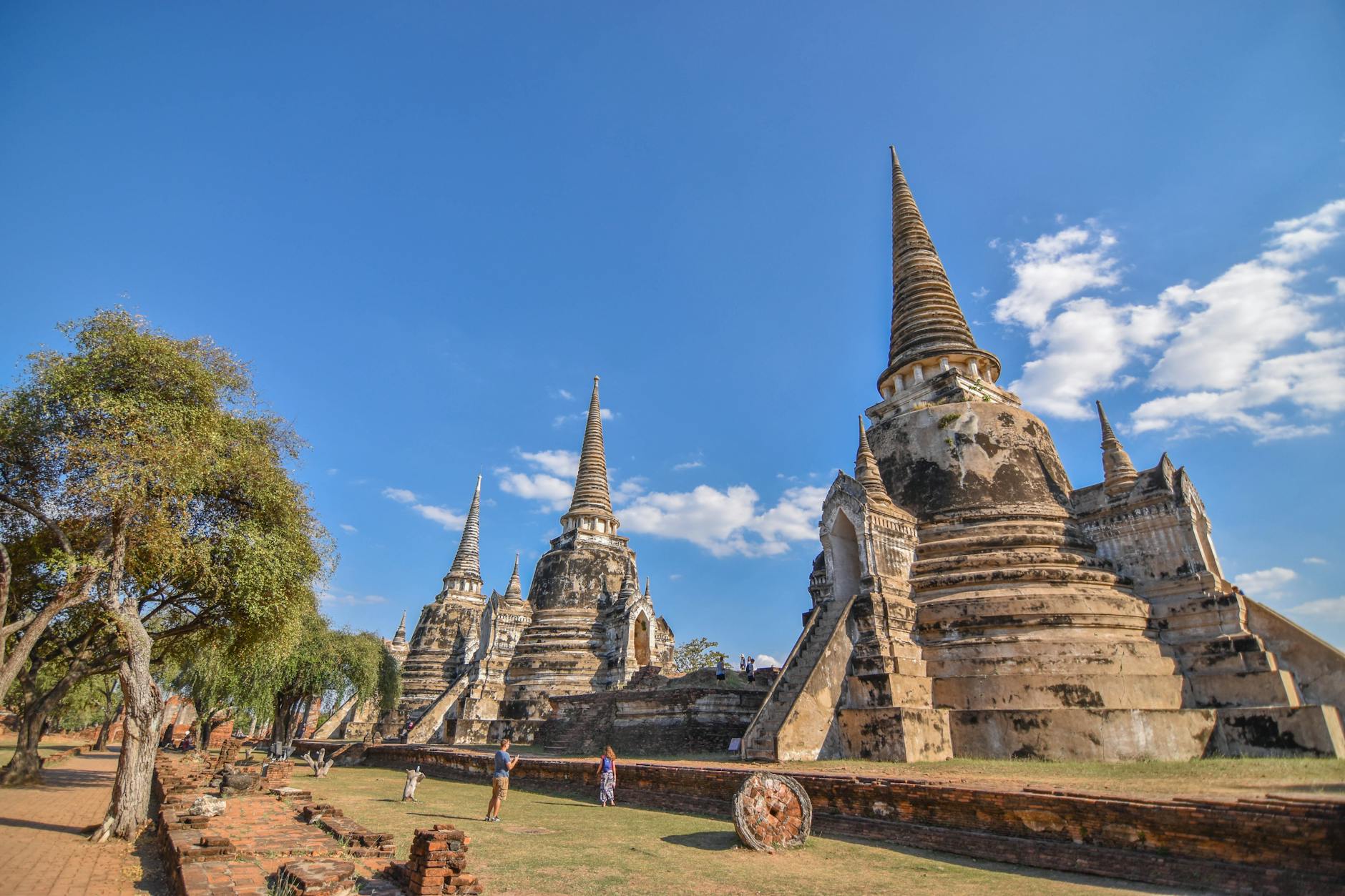In the complex world of visual arts, psychedelic surrealism has carved out a distinctive niche, captivating viewers with its vibrant colours, intricate patterns and anomalous themes. Born out of the union of surrealism and psychedelic art, this genre features otherworldly landscapes asserted by fluid juxtapositions, suspended logic and transcendent representations.
At its core, psychedelic surrealism manipulates the stimuli of the human brain the to elicit robust emotional reactions. It invites us on a journey through hallucinatory dreamscapes and ethereal mindscapes, igniting our imagination and challenging the rigidity of our perception.
The pivotal elements in the quintessence of this genre reach into the depths of the subconscious, bringing to the surface a wealth of profound and often elusive symbolism. Those who explore its fantastical terrains find themselves confronted with intoxicating contradictions and sculptural lunacy fused with metaphysical contemplations.
Psychedelic surrealism is rooted in the influential movement of surrealism, born from the ashes of World War I. Here, artists grappled with the trauma and absurdity of the horrors they witnessed by escaping into their subconscious, creating images that flirted with the irrational and the nonsensical. The genre found an ideological kinship in the 1960s counterculture movement, with psychedelic art flourishing as a visual manifestation of the era’s social and cultural upheaval.
Characterised by exceedingly vibrant, intense colours and intricate, swirling patterns, psychedelic art typically showcases kaleidoscopic, spiralling forms and asymmetrical lines. This echoes the distortions in perception experienced under the influence of psychedelic substances, often referred to as the ‘trippy’ aspect. Imbuing these features with surges of surrealism peppered with images of the subconscious, artists have successfully amalgamated the two genres into a fantastical, dreamlike whole.
A potent symbol often found in psychedelic surrealism is the motif of duality. It may be depicted in myriad forms – day and night, life and death, love and hate, reality and illusion. Duality, particularly as it is represented in psychedelic surrealism, provides compelling dichotomies that confront viewers, encouraging profound connections and meditations on the human condition.
Moreover, the metaphysical aspects of this genre present a fascinating exploration of the nature of reality. On the canvas, vibrant hues, aberrant perspectives and animated shapes blend to pose introspective questions about truth, existence and the universe.
One eloquent example of this genre is the work by visionary artist Alex Grey. His compositions, such as ‘Net of Being’ and ‘Cosmic Christ’, create a deeply engaging blend of mystical, spiritual and scientific elements. Grey’s unique artistic viewpoint reveals a transpersonal realm behind our material world, journeying through layers of consciousness to innovative dimensions. His use of intricate details and vivid colours offer awe-inspiring symbolism and imagination that are hallmarks of the psychedelic surrealism genre.
In conclusion, the landscapes offered by the psychedelic surrealism genre are a homage to the boundless power of the human imagination, intertwined with the influence of the subconscious, the electricity of substances, and the spiritual underpinnings of the universe. This celebration of the mind’s intrinsic duality and metaphysical enigma makes it an essential storyboard in the history of art, a mode of expression that unabashedly embraces dreamscapes and the fantastical as profound instruments of creativity.
Psychedelic surrealism continues to press the boundaries of the aesthetic and the philosophical, providing a fascinating lens through which to comprehend our complex emotional landscapes, and deep-seated, often contradictory, instincts and desires. As we stand on the precipice of this kaleidoscopic journey into the subconscious, we are invited to immerse ourselves, engage, question, and perhaps, see the world through a brilliantly refracted new lens.








